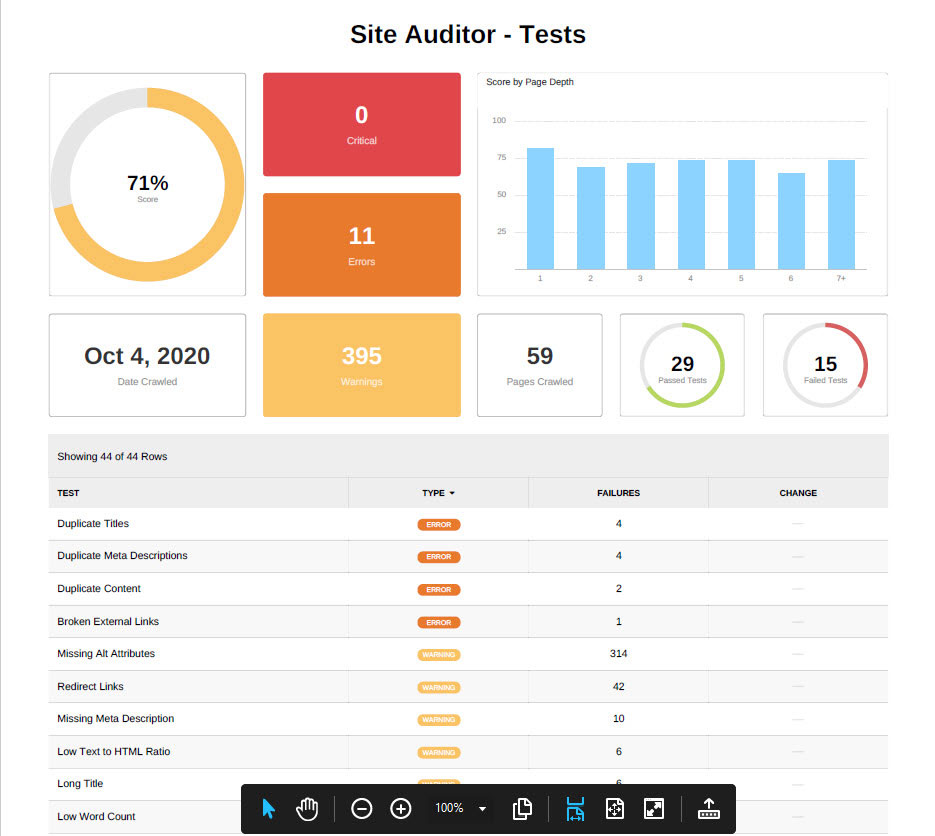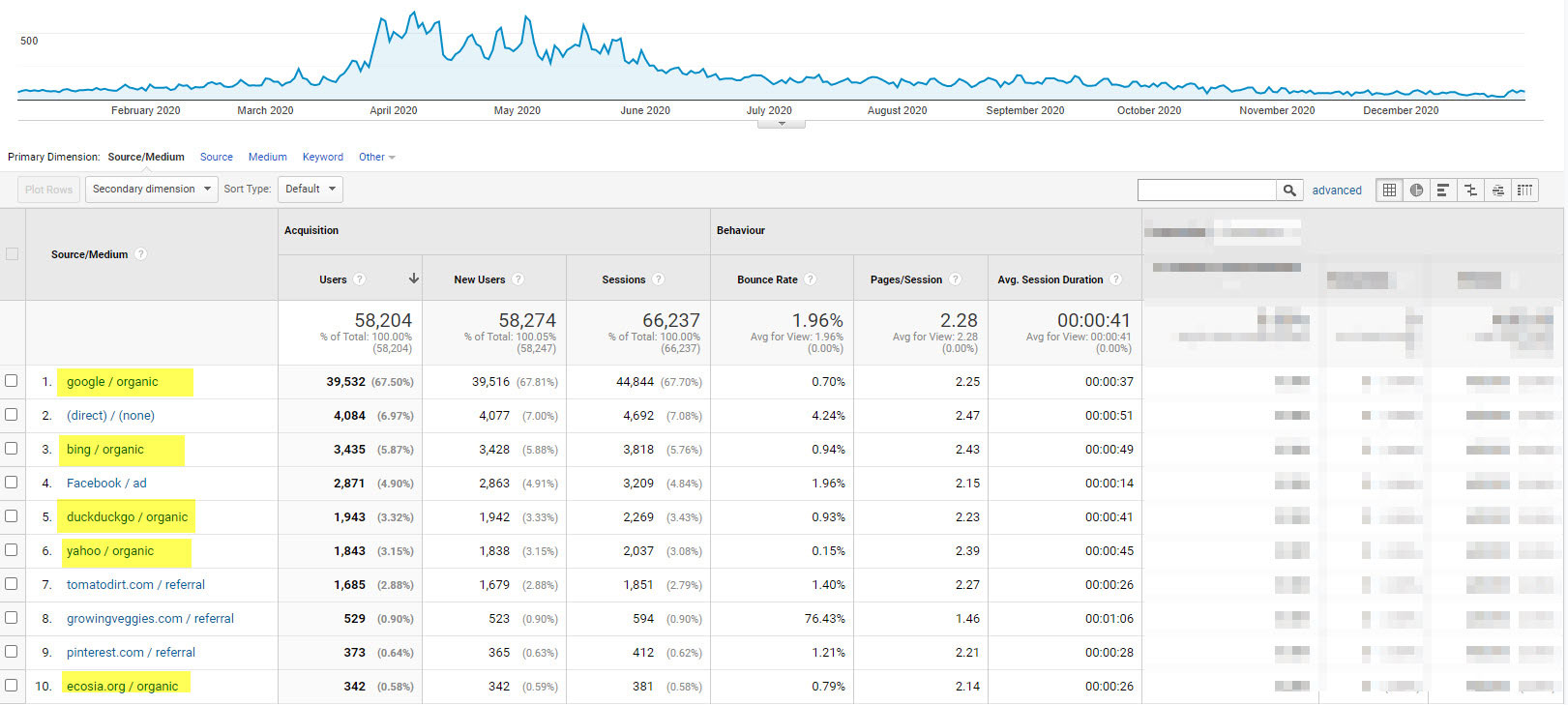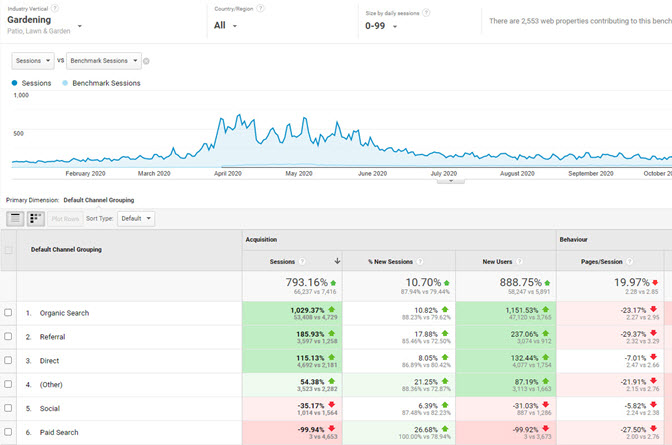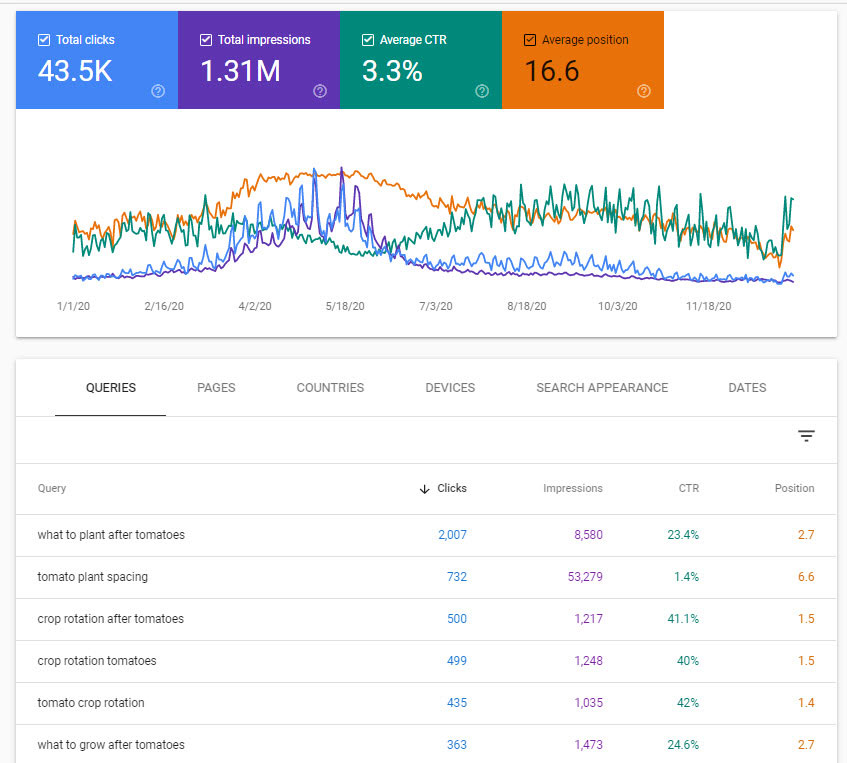An SEO Audit Will Reveal if Your Website has Been SEO’d Properly

Every website needs to be structured, coded and optimised properly to appear in search engines. If it isn’t, it probably won’t appear in the first few pages search engine results when someone does a search.
For Example: if you have a concreting business, you would want your website to be found on page 1 of Google results for a range of search terms like local concreter, concrete prices, concreting preparation, concrete types, types of concrete, etc. If your website isn’t listed on the first page of Google in either the 3-pack or in the 10 listings below this, then how are you going to get enquiries?
If you’ve been paying an SEO agency or “expert” to do your onsite SEO and build your position in search engines for the right keywords – how do you know if they’ve done it correctly?
Over the past three years, 65% of our new clients initially contacted us because they were unhappy with the results they were getting from their website and marketing activities. They weren’t getting enough enquiries, or in the case of ecommerce sites - making enough sales. They contacted us for a second opinion to see if it was just a matter of time, or if things needed to change.
In every single case, they’d paid someone to do SEO for them, often several thousand dollars, and had been receiving impressive reports with lots of graphs, but didn’t correlate with actual growth in leads or sales.
SEO Review Process
Running an SEO Audit is a critical step in determining if your website has been SEO'd properly. But there are more things that need to be reviewed than the issues which a typical SEO Audit uncovers.
Here’s the five-step SEO analysis process we follow to see what has been done, or not done.
Step 1 – Run an onsite SEO audit
What is an SEO audit?
Neil Patel defines an SEO audit as "an evaluation of a website that grades the site for its ability to appear in search engine results pages” (SERPs).
We use a couple of tools to conduct an SEO audit and it can take anywhere from a few minutes to several hours, depending on the size of the website.
The audit report highlights any onsite SEO issues and errors which are affecting its ability to rank well in search engines. The SEO audit grades the problems in order of seriousness, and provides full details of what each issue is, where it is, and what needs to be done to fix it.
Figure 1 below shows a snapshot of one of these audits we ran for a new client.
This report shows us that there are no critical issues, but there are a few things to fix before the site will meet Google’s SEO guidelines. It’s important that pages and posts do not contain duplicate information and that there’s not duplicate SEO information, otherwise Google doesn’t know which one is more important or relevant.
Missing alt attributes is a common issue. Search engines like to know what images are all about, so we use “alt text” behind images to describe the image so Google can properly index it, and serve it up in searches.
In summary – an SEO audit is a comprehensive first step, and provides a detailed plan on what needs to be done to improve the site so it can be properly indexed in search engines, and provide users with a good experience.
Step 2 – Review onsite SEO
The next step is to access the backend of the website and review the pages, posts and products to see
- if they have been optimised, and
- how well they have been optimised, or if there’s still more work to be done.
Figure 2 below shows a list of blogposts in a wordpress website. This particular client had paid for someone to do SEO, but this shows us that it has not been done.
How do we know? The first column of grey dots below the traffic light symbol is the first giveaway. If these posts had been optimised, the grey dots would be green, orange or red – a rating score that indicates how well the post has been optimised to meet Google’s guidelines.
- Red means some work has been done, but nowhere near enough
- Orange means it’s pretty good, and there’s just a few things left to do to improve it
- Green means the post has been properly optimised for search engines
You can see under the SEO title heading that SEO titles have been added. We’ve obscured the actual title information to protect the client’s privacy, but what we can tell you is that the SEO title is a duplication of the post title. It is not recommended to always duplicate these. The SEO title shows up in search results and should be structured to grab attention and entice you to read the description underneath. It needs to describe what the post is about and contain the keyword.
The biggest clue of all is that this site has not had onsite SEO done to is the lack of keywords in the Keyphrase column, and lack of information in the Meta Description column. You cannot optimise a post or page or product if you don’t assign a keyword (keyphrase)!
If keywords and meta descriptions have been entered, then we review them to ensure
- the keywords are relevant to the page
- the keywords have acceptable monthly search volumes and a low keyword difficulty score
- there’s a unique keyword phrase for every page / post
- the seo title and meta descriptions do not exceed the character limits
- they are well written and entice viewers to click and visit the site
Step 3 – Review site load speed
Google’s SEO guidelines are all formulated around providing users with a great experience, and one of the top priorities is load speed – particularly on mobile phones.
We run the site through an advanced speed testing tool to see how it performs on desktops and mobile phones. Figures 3 and 4 shows two speed tests recently conducted on a client’s site.
Both of these speed tests show that this website is very slow to load and this performance will have a detrimental affect on their google rankings.
Our team examines the issues causing the slow load time and fix as many as possible, to get the speed up to an acceptable A or B rating.
Common issues which affect load speed include:
- Large images
- Bloaty plugins
- Coding issues
- Theme or page builder issues
- A cheap shared hosting server
- Not using a CDN
Improving speed is vital for ranking well in search engines. Speed needs to be checked regularly to ensure any changes to the site (new blogposts, new plugins, new hosting, etc) have not impacted speed.
Step 4 – Review offsite SEO
The next step is to review the following:
- The domain or authority ranking – this is a number out of 100 which is awarded to the website by various SEO tools. The higher the number, the better authority it has.
- The number of referring domains and backlinks
- The number of do-follow and no-follow links
- The authority of the backlinks (eg; they’re from quality sites, not link farms)
- Which pages/posts are being linked to, and which have no backlinks
All this information helps us to assess the quality and extent of offsite SEO work that has been done, and to develop an offsite SEO recommendation plan.
Figure 5 below shows two graphs for a client’s site over a 3-month period. The graph on the left shows a recent decline in the number of referring domains and we can see a similar decline in backlinks. The declines correspond with when they stopped paying for the SEO consultant’s backlinking services.
Step 5 - Review Google statistics
Finally, the last part of our SEO review process is to take a look into Google statistics. Google provides a wealth of information about visitors to your website. The two main key Google tools to use are Google Analytics and Google Search Console.
Google Analytics statistics
The key reports to look at for SEO include:
- Acquisition > All Traffic > Source/Medium
Figure 6 below shows details of traffic sources for one of our gardening sites – the entries in yellow show organic traffic from various search engines, indicating that the SEO efforts have helped drive traffic, particularly from the US sector during their springtime.
- Audience > Benchmarking > Channels
The Google benchmarking reports show you how well you're competing across traffic channels in your industry.Figure 7 below is a benchmarking report showing traffic sources. We set the parameters to compare our site against other gardening sites across the globe, and it shows that we are doing very well with attracting new visitors through organic search and referrals (backlinks), but not so well when it comes to keeping people on the site, so we have a bit of updating to do to improve the site content.
Google Search Console statistics
Google search console is another great tool for analysing SEO indicators. We also link our clients’ Google Search console account into their Google Analytics account to obtain a range of interesting stats.
- search-console>performance>search-analytics
Figure 8 below shows what keywords people used to see our site in search results. We can see that we are showing up on page one of Google searches for a number of keywords and some terms are getting very good click-through rates. Those with lower click-through rates indicate that we need to improve the SEO title and meta-descriptions to entice more click-through. These stats also show that our keyword positions in search engines are starting to decline, (orange line) so we need to do some more SEO work
We also use Google Search Console reports to analyse other important SEO KPIs such as:
- core web vitals
- mobile usability
- index coverage
- structured data
- top linked pages
- top linking sites
Two types of SEO deception
We believe that every website owner needs to know what’s really going on with their website. Yes, if you are not technically oriented and rarely log in to the backend of your site, you may find all this a bit confusing. And that’s exactly what many SEO service providers hope for, and depend on.
We’ve seen two types of “fake news” when it comes to SEO services and reports delivered by “SEO experts” to their clients.
- The first one is from the SEO Amateur. They’ve read a few things on the internet about SEO and tell website owners they can “get them on the first page of Google”. They do five minutes research on keywords and choose a few long tail keywords that anyone could rank for because there’s little competition. They build a few citations, and backlinks and produce reports that show traffic for the wrong keywords. 80% of these amateurs don’t do onsite SEO, or do it very poorly, as we’ve seen on many occasions.
- The second is from the SEO Expert shark. This is more dangerous. They shroud the world of SEO in mystery, making out that it’s a lot harder than it actually is. They charge a lot of money, tie their clients up in long term contracts, and produce reports which are selective in what they show. Some do onsite SEO, and those that do usually use an offshore person who does not have English as a first language, so the titles, meta descriptions and additional page copy is inappropriate and poorly written.
Unfortunately we’ve seen the damage done by both kinds of SEO providers all too often. They rely on client inexperience, so they can continue to pull the wool over their eyes and provide inefficient profitable services.
Get an independent SEO audit of your site
If you’re not sure whether your SEO is being done properly, and you’d like an independent assessment, we can help.
We will perform an SEO audit with total transparency, so that you get the whole unvarnished truth.
- We’ll conduct an indepth assessment following the five steps outlined above, and walk you through the results.
- We’ll show you through the back of your website, and advise what SEO work has been done well, and what may still need work, and explain why.
- We'll also show you through your Google Analytics account and help you analyse the results.
- We’ll provide recommendations and priorities, so you have a plan to work to.
We charge a small fee to cover the cost of the tools and the time it takes us to conduct the SEO audit and deliver the results and recommendations.
Investing in an independent audit will arm you with the facts and the knowledge you need to make decisions, and could potentially stop you wasting any more money on ineffective SEO services.
Get your onsite SEO audit by clicking the button above, and we'll send you an email outlining the information we need from you to get the audit underway.









